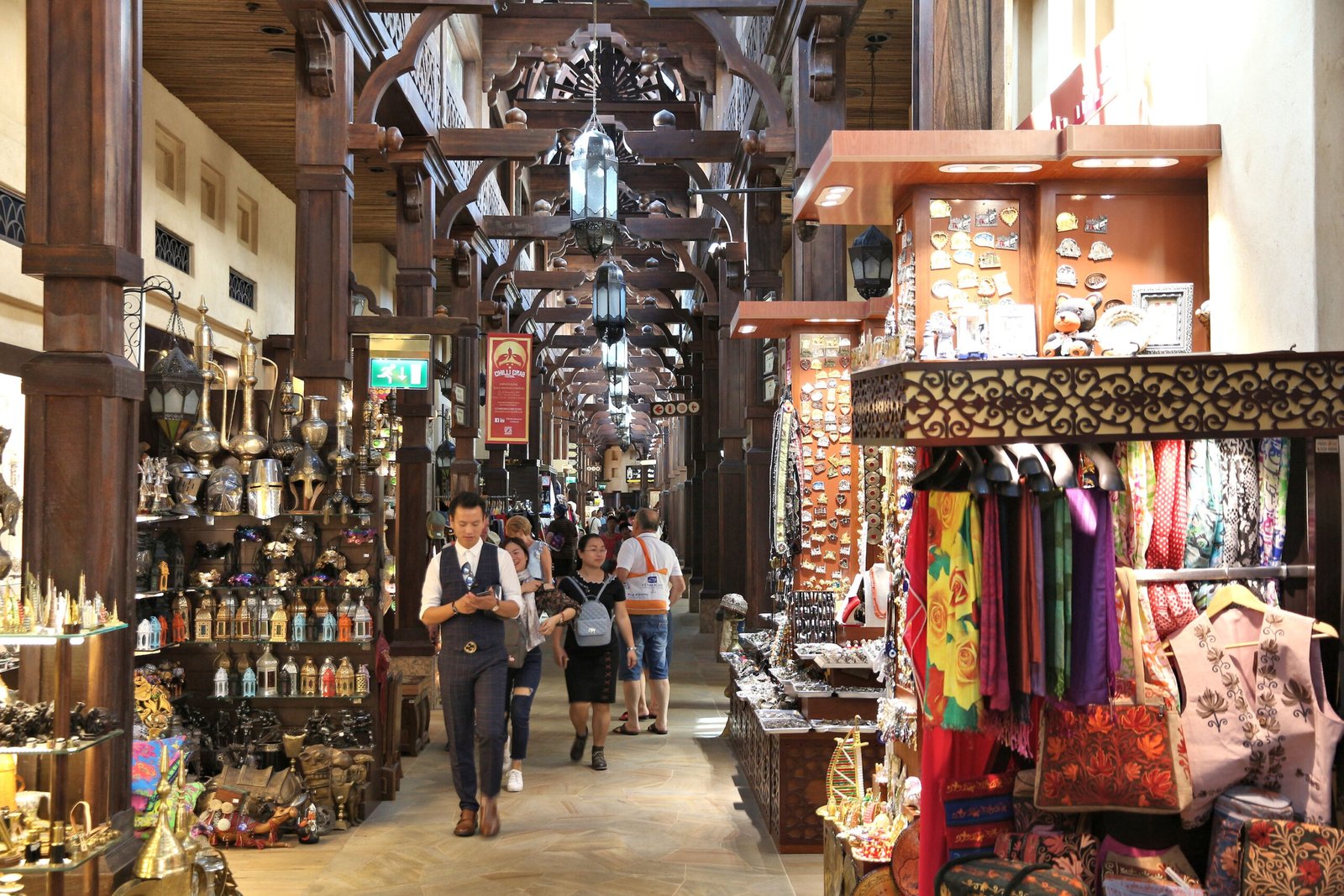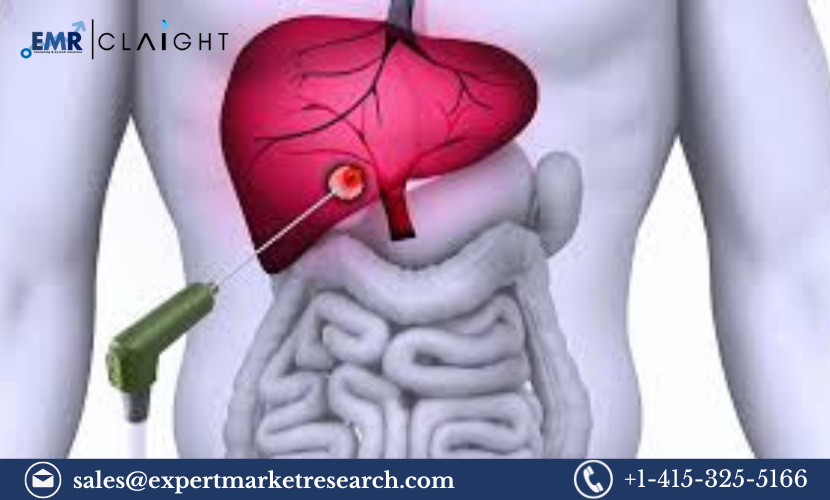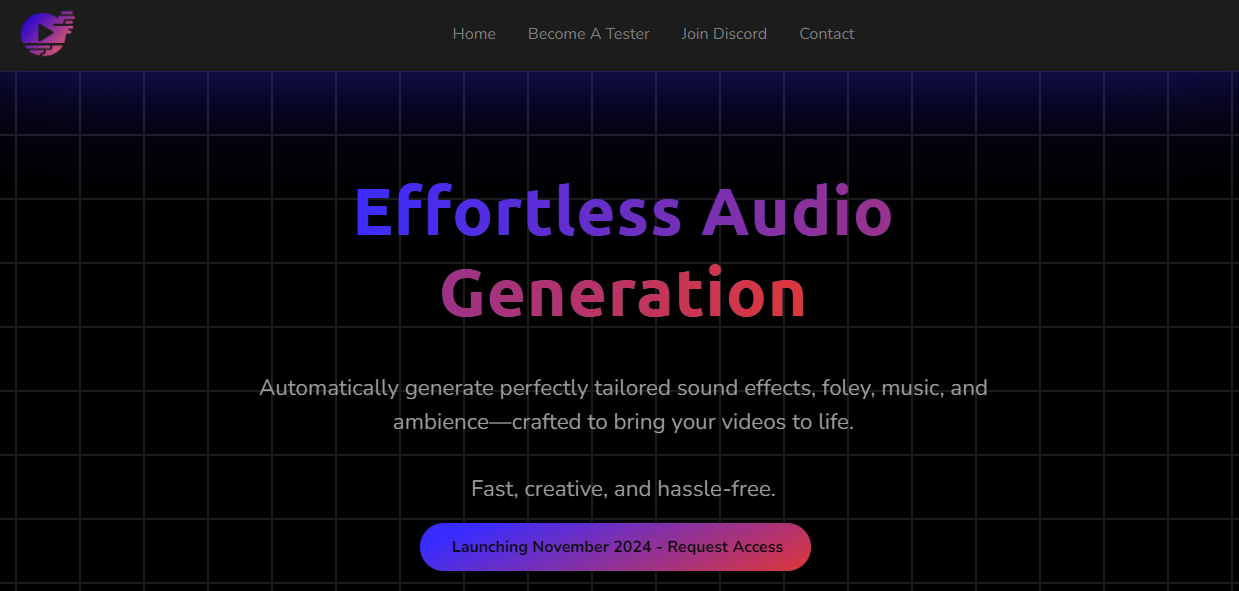The medical gases market in Saudi Arabia is poised for significant growth over the forecast period from 2024 to 2032. With an anticipated Compound Annual Growth Rate (CAGR) of 7.10%, the sector is driven by multiple factors, including the rising prevalence of chronic respiratory diseases and substantial government investments in the healthcare infrastructure. This comprehensive analysis delves into the market dynamics, key growth drivers, and prominent players shaping the landscape of medical gases in Saudi Arabia.
1. Market Overview
The Saudi Arabian medical gases market encompasses a range of gases essential for various medical applications, including oxygen, nitrogen, medical air, carbon dioxide, and specialty gases used in surgical procedures, respiratory therapy, and diagnostic applications. The increasing demand for these gases is propelled by the expanding healthcare sector, technological advancements, and the establishment of new healthcare facilities across the Kingdom.
Key Statistics:
- CAGR (2024-2032): 7.10%
- Primary Drivers: Chronic respiratory diseases, government healthcare investments
2. Drivers of Market Growth
2.1 Increasing Prevalence of Chronic Respiratory Diseases
Chronic respiratory diseases, such as Chronic Obstructive Pulmonary Disease (COPD), asthma, and pulmonary fibrosis, have seen a notable rise in Saudi Arabia. Several factors contribute to this increase:
- Environmental Factors: Air pollution and high levels of dust storms exacerbate respiratory conditions.
- Lifestyle Changes: Rising smoking rates and sedentary lifestyles contribute to the onset of respiratory ailments.
- Aging Population: An aging demographic naturally leads to a higher incidence of chronic diseases, including those affecting the respiratory system.
Impact on Medical Gases Market: The surge in chronic respiratory conditions escalates the demand for oxygen therapy and other respiratory support services, thereby driving the need for medical-grade oxygen and related gases.
2.2 Significant Government Investments in Healthcare
Saudi Arabia’s Vision 2030 emphasizes the transformation of the healthcare sector, aiming to enhance healthcare services and infrastructure. Key initiatives include:
- Expansion of Healthcare Facilities: Construction of new hospitals and clinics to cater to the growing population.
- Investment in Advanced Medical Technologies: Adoption of state-of-the-art medical equipment that relies on specialized gases.
- Public Health Programs: Initiatives to improve public health awareness and manage chronic diseases more effectively.
Impact on Medical Gases Market: Government investments facilitate the procurement of medical gases by expanding healthcare facilities and integrating advanced medical technologies that require a consistent supply of specialized gases.
2.3 Technological Advancements
Advancements in medical technology, such as improved ventilators, enhanced imaging devices, and minimally invasive surgical tools, necessitate the use of high-purity medical gases. Innovations in gas delivery systems and storage solutions also contribute to market growth by improving efficiency and safety.
2.4 Rising Healthcare Expenditure
An increase in healthcare spending by both the government and private sectors ensures better access to medical services. Enhanced funding leads to improved procurement capabilities for medical gases, further propelling market expansion.
Get a Free Sample Report with Table of Contents
3. Key Players in the Saudi Arabia Medical Gases Market
Several companies dominate the medical gases market in Saudi Arabia, each contributing through a range of products, services, and strategic initiatives. This section explores the major players: Jacko Gases Company, Gulf Cryo Saudi for Industrial & Medical Gases, and Linde Saudi Industrial Gas Company (SIGAS).
3.1 Jacko Gases Company
Overview: Jacko Gases Company is a leading supplier of industrial and medical gases in Saudi Arabia. Established with a commitment to quality and reliability, Jacko Gases serves a broad spectrum of industries, including healthcare, petrochemicals, and manufacturing.
Product Portfolio:
- Medical Gases: Oxygen, medical air, nitrous oxide, carbon dioxide, and specialty gases for surgical and diagnostic applications.
- Industrial Gases: Nitrogen, argon, hydrogen, and other gases for industrial use.
Key Strengths:
- Quality Assurance: Adherence to international standards ensures the purity and safety of medical gases.
- Distribution Network: Extensive distribution channels facilitate timely delivery across various regions in Saudi Arabia.
- Customer Support: Comprehensive customer service, including technical support and maintenance of gas delivery systems.
Market Position: Jacko Gases holds a significant market share in the Saudi medical gases sector, supported by its strong reputation and long-standing relationships with healthcare providers and industrial clients.
Strategic Initiatives:
- Expansion of Production Facilities: Investing in advanced production technologies to increase capacity and meet growing demand.
- Sustainability Practices: Implementing eco-friendly production methods and reducing carbon footprint through efficient operations.
3.2 Gulf Cryo Saudi for Industrial & Medical Gases
Overview: Gulf Cryo Saudi is a prominent player in the medical and industrial gases market, known for its comprehensive range of gas solutions tailored to the specific needs of the healthcare sector.
Product Portfolio:
- Medical Gases: High-purity oxygen, medical air, nitrous oxide, carbon dioxide, and specialty gases for anesthesia and critical care.
- Industrial Gases: Industrial oxygen, nitrogen, argon, and other specialty gases for various industrial applications.
Key Strengths:
- Innovation: Emphasis on research and development to introduce innovative gas delivery systems and storage solutions.
- Reliability: Consistent supply and high-quality products ensure trust among healthcare providers.
- Global Expertise: Leveraging international experience to implement best practices in the Saudi market.
Market Position: Gulf Cryo Saudi is recognized for its robust distribution network and ability to cater to both large hospitals and smaller healthcare facilities, ensuring widespread accessibility of medical gases.
Strategic Initiatives:
- Technological Integration: Incorporating smart technologies for monitoring and managing gas usage efficiently.
- Training and Support: Offering training programs for healthcare professionals on the safe and effective use of medical gases.
3.3 Linde Saudi Industrial Gas Company (SIGAS)
Overview: Linde Saudi Industrial Gas Company, commonly referred to as SIGAS, is a subsidiary of Linde Group, a global leader in gas and engineering. SIGAS specializes in providing high-quality industrial and medical gases to the Saudi Arabian market.
Product Portfolio:
- Medical Gases: Oxygen, medical air, nitrous oxide, carbon dioxide, and specialized gases for medical diagnostics and treatment.
- Industrial Gases: Nitrogen, argon, hydrogen, and other gases essential for industrial processes.
Key Strengths:
- Global Expertise: Backed by Linde Group’s extensive global experience and technological advancements.
- Comprehensive Solutions: Offering end-to-end gas solutions, including production, storage, distribution, and on-site services.
- Sustainability Focus: Commitment to sustainable practices and reducing environmental impact through efficient gas production and delivery methods.
Market Position: SIGAS enjoys a strong presence in the Saudi medical gases market, supported by its reputation for quality and reliability. Its comprehensive service offerings make it a preferred choice for large healthcare institutions and specialized medical facilities.
Strategic Initiatives:
- Infrastructure Development: Investing in state-of-the-art facilities to enhance production capacity and service capabilities.
- Partnerships and Collaborations: Collaborating with healthcare providers and governmental bodies to support healthcare initiatives and ensure seamless gas supply.
4. Competitive Landscape
The Saudi Arabian medical gases market is characterized by intense competition among established players. Companies differentiate themselves through product quality, service reliability, technological innovation, and strategic partnerships. The focus on sustainability and adherence to stringent regulatory standards also play a critical role in shaping the competitive dynamics.
Key Competitive Strategies:
- Innovation and R&D: Continuous investment in research and development to introduce advanced gas delivery systems and improve product offerings.
- Customer-Centric Approach: Enhancing customer service and support to build long-term relationships with healthcare providers.
- Geographical Expansion: Expanding distribution networks to cover remote and underserved regions, ensuring comprehensive market coverage.
- Sustainability Initiatives: Adopting eco-friendly practices and offering sustainable gas solutions to meet the growing demand for green healthcare practices.
5. Regulatory Environment
The medical gases market in Saudi Arabia is governed by stringent regulations to ensure the safety, quality, and efficacy of gas products used in healthcare settings. Key regulatory bodies and standards include:
- Saudi Food and Drug Authority (SFDA): Oversees the approval and regulation of medical gases, ensuring compliance with national and international standards.
- International Standards: Adherence to ISO certifications and other global quality standards to maintain product integrity and safety.
- Environmental Regulations: Compliance with environmental laws to minimize the ecological impact of gas production and distribution.
Impact on Market Players: Companies must maintain high standards of quality and safety, invest in compliance measures, and stay updated with regulatory changes to operate effectively within the market.
6. Challenges and Opportunities
6.1 Challenges
- High Initial Investment: Establishing gas production and distribution infrastructure requires significant capital investment.
- Regulatory Compliance: Navigating complex regulatory requirements can be resource-intensive and time-consuming.
- Supply Chain Disruptions: Dependence on robust supply chains makes the market vulnerable to disruptions caused by geopolitical factors or logistical issues.
6.2 Opportunities
- Technological Innovations: Advancements in gas delivery systems and storage technologies offer opportunities for market differentiation and improved efficiency.
- Expansion into Emerging Markets: Opportunities exist to expand services into emerging regions within Saudi Arabia, catering to underserved healthcare facilities.
- Sustainability Initiatives: Growing emphasis on green healthcare practices opens avenues for companies to develop and offer eco-friendly gas solutions.
7. Future Outlook
The Saudi Arabia medical gases market is expected to continue its upward trajectory, supported by the ongoing healthcare reforms and rising demand for medical gases driven by chronic respiratory diseases. Technological advancements and strategic initiatives by key players will further enhance market growth and innovation. Additionally, the focus on sustainability and efficient gas management will shape the future landscape, ensuring that the market evolves to meet the changing needs of the healthcare sector.
Projected Trends:
- Integration of Smart Technologies: Enhanced monitoring and management of gas usage through IoT and smart systems.
- Personalized Healthcare Solutions: Tailoring gas delivery systems to meet the specific needs of individual patients and specialized medical procedures.
- Increased Focus on Sustainability: Adoption of renewable energy sources and eco-friendly production methods to reduce environmental impact.












